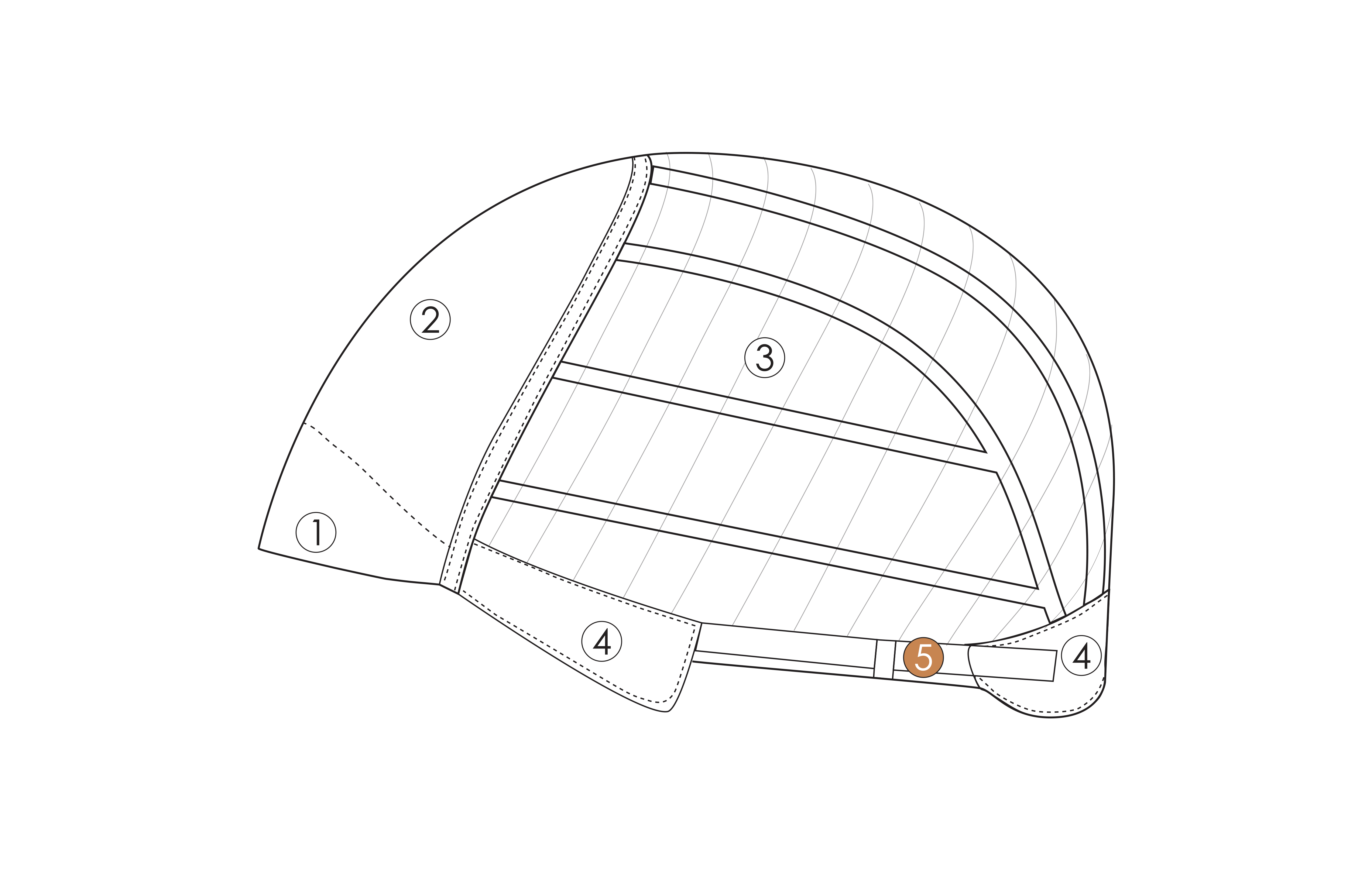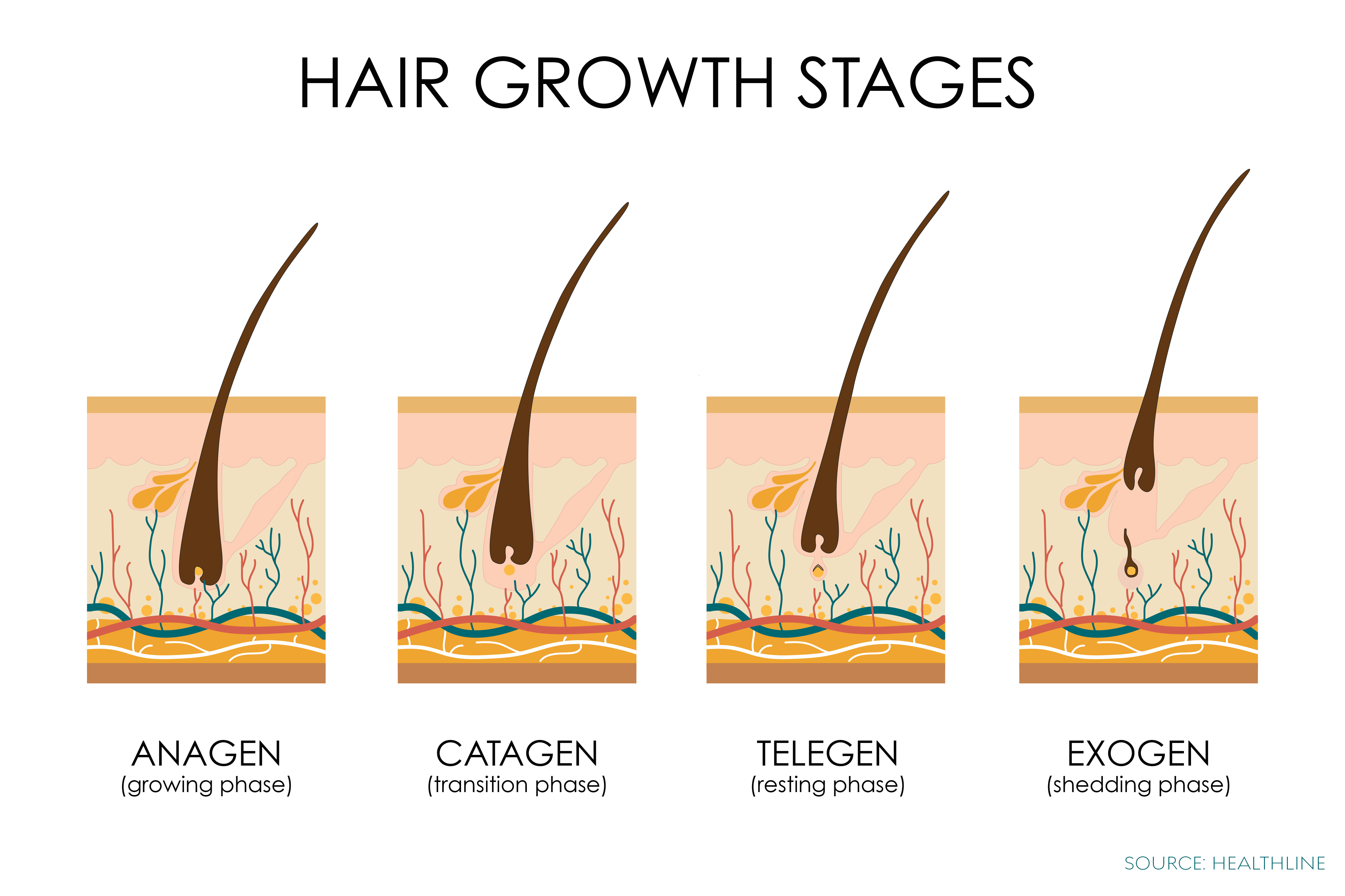When to Reassess Wig Sizing
Apr 14th 2023

Did you know that wig issues may be caused by improper sizing? Wearers often write to us with concern that their wig is faulty, and one question we ask is, “When was the last time you measured for a wig?”. Issues like excessive hair shedding, tangling, and irritation at the lace front can all be a result of your wig fitting improperly, and those are just to name a few. Lifestyle changes can also signal it’s time to re-measure. While we recommend resizing for a wig every 6-8 months, here’s some key signs to look out for when deciding when resize.


‘Fray Away!’ - Irritation and/or fraying at the lace front
Irritation at the lace front is a common sign that your wig is fitting too tight or loose; the wig will shift around on your head throughout the day, causing itchiness and aggravation on the skin. When this happens, wearers will frequently tug at lace front—whether consciously or subconsciously—in an effort to adjust the wig. This constant tugging can then cause the lace front to fray. When fitted properly, your wig should conform to the shape of your head for a snug, comfortable fit.

‘Falling out of Love’ - Excessive hair shedding
If you notice excessive shedding from your wig, consider whether you fuss with your hairpiece throughout the day. Similar to a lace front, the hand tied knots are delicate, and the hairs/fibers will loosen with constant tugging.


‘Business in the front, party in the back' - Tangling and matting in the nape area
If your wig is tangling and matting, specifically in the nape area, this may be a sign that your wig is too large. When there’s excess material, the fabric won’t lay properly and will bunch up in the back, causing unnecessary tangling.

‘Mrs. Frizzle’ - Frizziness throughout your entire wig
An ill-fitted wig leads to [subconscious] tugging and re-adjusting, not just in nape area but whole circumference, leading to ‘friction frizz’ throughout the wig.

‘Loosey Goosey’ - Loss in elasticity in the circumference band
If your wig is too loose, over-synching the adjustable band at the nape will cause it to lose elasticity, and in some cases, snap! Velcro will also lose strength over time. When this happens, it might be time to size-up.



‘#Cancerfighter’- Your hair is growing back because you’ve stopped chemotherapy treatment
Your head measurements will differ depending on the length of your biological hair—up to half a size! For example, if you are a petite wig size with complete hair loss, you may find you’re a petite/average once most of your hair has grown back.

'Ebb & Flow' - You’re in the anagen (growing) phase or catagen (transition) phase of hair growth
With alopecia, hair loss and growth can be unpredictable…
With all types of alopecia areata, hair loss and regrowth can be very unpredictable and cyclical (happen over and over). For some people, hair may even regrow and not fall out again. …Hair regrowth can happen after many years of severe or widespread hair loss (National Alopecia Areata Foundation).
If your hair is in the anagen or catagen growth phase and you normally wear a wefted cap wig, consider switching to 100% hand tied. The 360-degree-stretch design will stretch and grow with you, without causing damage to the hairpiece or discomfort for your head.

With a perfect-fitting wig, anything is possible. We hope these tips can help you avoid wig damage and discomfort and allow you to feel like your best self when wearing hair.
Ready to get sizing? Check out our blog How to Measure for a Wig or watch our YouTube video below for step-by-step instructions.
